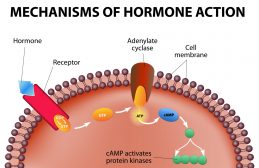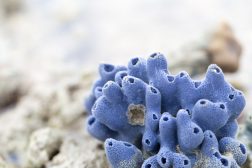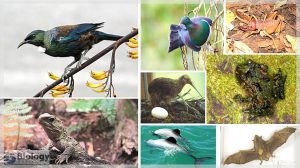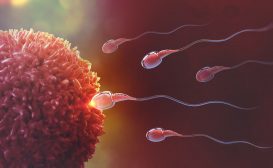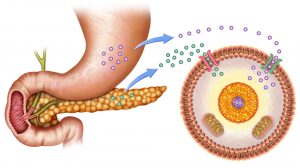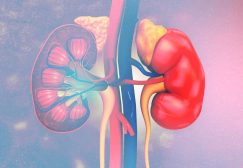Definition
noun, plural: X linkages
(genetics) A form of sex linkage involving particularly the X chromosome
Supplement
The resulting phenotype or trait is due to the expression of a particular gene and when such gene occurs in the sex chromosome it is referred to as sex linkage. In mammals, including humans, the sex chromosomes are of two kinds: the X chromosome and the Y chromosome. Females typically possess two X chromosomes whereas males have one X chromosome (which is inherited from the female parent) and one Y chromosome (which is from the male parent). In this regard, sex linkage are of two forms, i.e. X linkage or Y linkage. X linkage is a sex linkage involving the X chromosome whereas Y linkage is a sex linkage involving the Y chromosome. Since there are more genes in the X chromosome than in the Y chromosomes there are more X-linked traits than Y-linked.
X linkage is the state of a genetic factor (gene) being borne on the X chromosome. The inheritance of these genes from the X chromosome is referred to as X-linked inheritance, and may either be recessive or dominant. For instance, a female offspring whose father has an X-linked dominant trait would manifest the trait as well whereas a male offspring would not since the X chromosome would be inherited from the mother lacking such trait. A mother carrying the X-linked dominant trait would have offspring with 50% chance of acquiring the trait. Examples of X-linked dominant inheritance are Alport’s syndrome, idiopathic hypoparathyroidism, Rett syndrome, and fragile X syndrome. When the X-linked trait is recessive, the mother would have a female offspring that does not manifest the trait but would be a carrier whereas a male offspring would show the trait as there is only one X chromosome and it comes from the mother. Examples of X-linked recessive inheritance are Hunter syndrome, haemophilia A and B, color blindness, and Wiskott-Aldrich syndrome.
Compare:
- Y linkage
See also:

